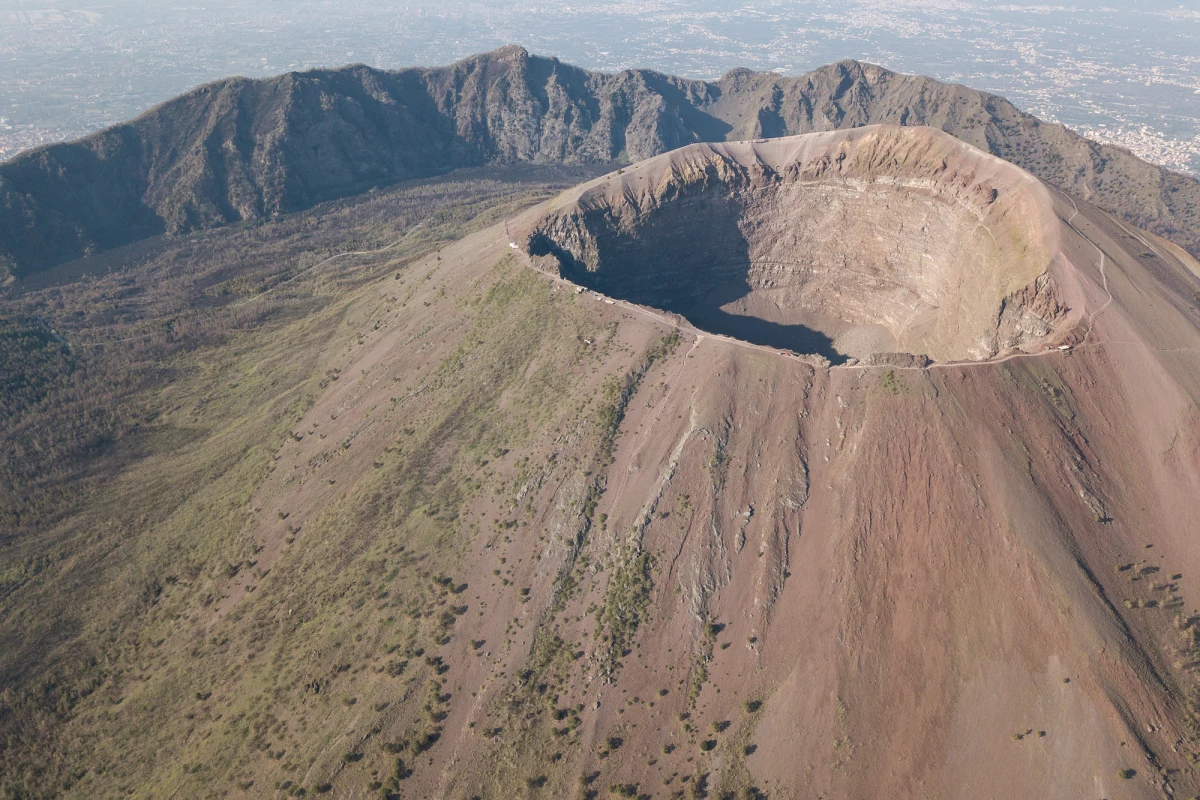One hurdle standing in the way of a transition to renewable energy is the increased need for mining that these technologies bring. Now, Oxford scientists are investigating a new way to mine valuable metals trapped in hot brines beneath volcanoes – with geothermal power produced as a by-product.
It’s crucial that the world transitions to renewable energy as quickly as possible, but the uncomfortable side effect is that many important technologies have other types of environmental footprints. Solar cells, wind turbines and energy storage systems require metals like gold, copper and lithium, and mining these is energy-intensive and generates huge amounts of waste rock and atmospheric carbon dioxide.
So for the new study, scientists at Oxford University investigated another natural source that’s going untapped. Many of the metal deposits currently used are the remnants of ancient volcanic activity that have long since solidified – but perhaps we should be going after more recent sources, while it’s still in liquid form.
“Active volcanoes around the world discharge to the atmosphere prodigious quantities of valuable metals,” says Jon Blundy, corresponding author of the study. “Some of this metal endowment does not reach the surface, but becomes trapped as fluids in hot rocks at around 2 km (1.2 miles) depth. Green mining represents a novel way to extract both the metal-bearing fluids and geothermal power, in a way that dramatically reduces the environmental impact of conventional mining.”
According to the team’s models, these brines could potentially contain millions of tonnes of copper, as well as useful amounts of other important metals like gold, zinc, silver and lithium. Extracting the metals from a fluid solution should be cheaper than processing solid ore, generate less waste and use less energy. As a bonus, the natural geothermal energy in the area could be tapped to help power the process.
The team confirmed that these metal-rich brines do exist beneath volcanoes, with drill cores taken in Japan, Italy, Montserrat, Indonesia and Mexico. From this and other geophysical surveys, they conclude that such deposits likely exist beneath almost every active and dormant volcano around the world, representing a sizeable untapped gold mine (somewhat literally).
Of course, it’s not without its own challenges. The brines are corrosive, can reach temperatures of up to 450 °C (842 °F) and would tend to deposit “scales” along the walls of a well, meaning they’ll be tricky to extract. New coatings and tools will be needed to make the most of it.
There’s even a very slight chance that the drilling activity could trigger volcanic eruptions. The team says that’s unlikely because they’ll be drilling above the magma chambers, but the risk does need to be assessed. The researchers say that they’ve spent the last five years analyzing and minimizing the risks of the process, and are now ready to find a location to drill the first exploratory well.
Intriguing as the concept is, it’s still very early days. The team predicts that it might be between five and 15 years before a working volcanic brine mine is up and running.
“Continuing the de-risking work, which we are pursuing on many fronts through an international collaboration, is important,” says Blundy. “Likewise, we need to identify the best test-case volcano to drill an exploration well.”
The research was published in the journal Open Science.
Source: Oxford University




